Archives
- 2025-10
- 2025-09
- 2025-04
- 2025-03
- 2025-02
- 2025-01
- 2024-12
- 2024-11
- 2024-10
- 2024-09
- 2024-08
- 2024-07
- 2024-06
- 2024-05
- 2024-04
- 2024-03
- 2024-02
- 2024-01
- 2023-12
- 2023-11
- 2023-10
- 2023-09
- 2023-08
- 2023-07
- 2023-06
- 2023-05
- 2023-04
- 2023-03
- 2023-02
- 2023-01
- 2022-12
- 2022-11
- 2022-10
- 2022-09
- 2022-08
- 2022-07
- 2022-06
- 2022-05
- 2022-04
- 2022-03
- 2022-02
- 2022-01
- 2021-12
- 2021-11
- 2021-10
- 2021-09
- 2021-08
- 2021-07
- 2021-06
- 2021-05
- 2021-04
- 2021-03
- 2021-02
- 2021-01
- 2020-12
- 2020-11
- 2020-10
- 2020-09
- 2020-08
- 2020-07
- 2020-06
- 2020-05
- 2020-04
- 2020-03
- 2020-02
- 2020-01
- 2019-12
- 2019-11
- 2019-10
- 2019-09
- 2019-08
- 2019-07
- 2019-06
- 2019-05
- 2019-04
- 2018-11
- 2018-10
- 2018-07
-
and LO are members of the
2023-02-13
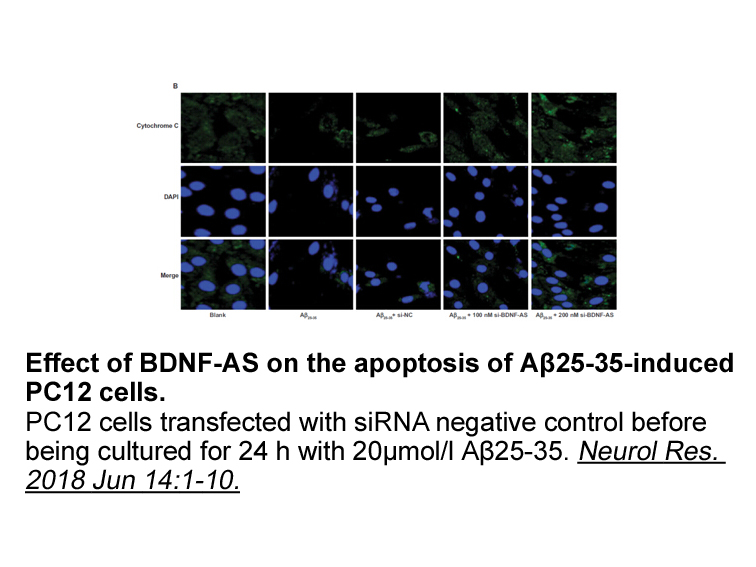
5- and 12/15-LO are members of the lipoxygenase family that convert arachidonic mps1 kinase into lipid mediators such as leukotriene B4 (LTB) and 12()-hydroxyeicosatetraenoic acid (HETE) and 15()-HETE, respectively. Evidence from several in vitro and in vivo studies has shown that activation of the
-
Growth inhibition assays are the
2023-02-13
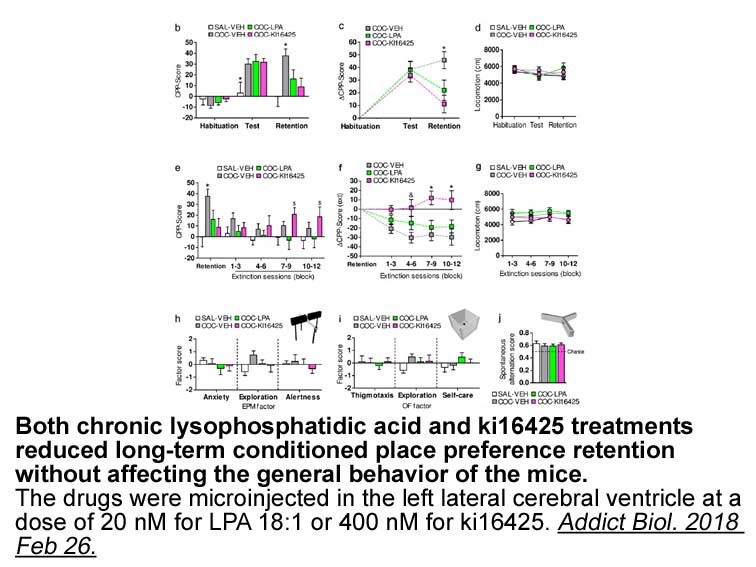
Growth-inhibition assays are the most commonly used to identify antifungal small molecules. However, they have several facts that limit their use since many pathogenic fungi grow as filaments making difficult a correlation between growth and OD (optical density). They are not useful for identifying
-
br Obstructing SNARE zippering Sharma
2023-02-13

Obstructing SNARE “zippering” Sharma et al. demonstrated for the first time that in the postmortem AD brains, the level of SNARE complex formation, which is necessary for driving synaptic vesicle fusion at the presynaptic active zone, is significantly reduced [123]. In the absence of changes in e
-
Some of the mechanisms that
2023-02-13
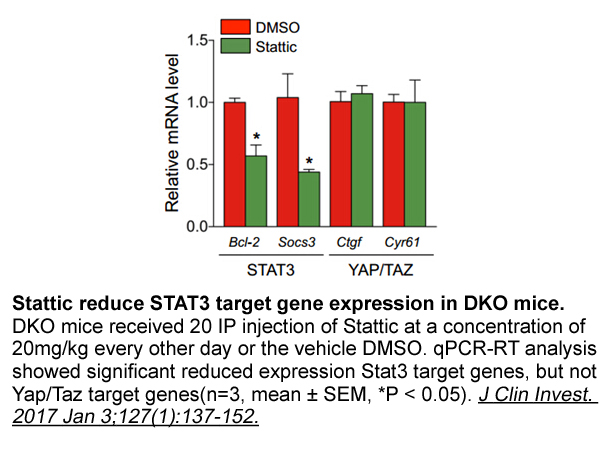
Some of the mechanisms that involve 12-LOX as a potential pathogenic enzyme are illustrated in Fig. 2. Direct β cell effects associated with the stimulation of 12-LOX activity include the activation of second messengers c-Jun N-terminal kinase and p38 MAPK, both of which show increased phosphorylati
-
histamine receptors Another important finding of our study i
2023-02-13
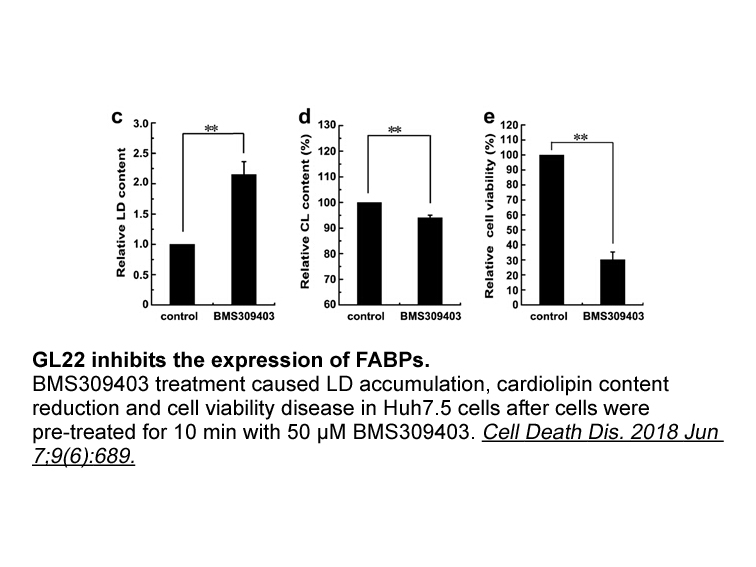
Another important finding of our study is the observation that high glucose per se does not affect TER in mature HREC monolayers; but at the same time it does upregulate ICAM-1 directly and activates HRECs to leukocyte adhesion. This would imply that high glucose affects TER in mature HREC monolayer
-
Aberrant lipid levels are associated with various disorders
2023-02-13
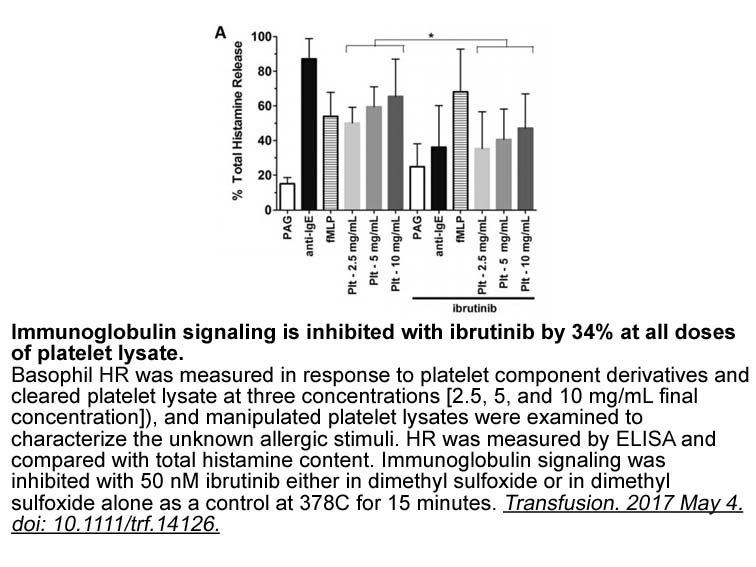
Aberrant lipid levels are associated with various disorders, including vascular diseases and diabetes. Furthermore, important events support the idea that lipids, especially cholesterol and its derivatives, have a fundamental role in the physiopathology of AD. The spectinomycin is rich in cholester
-
The putative physiological meaning of epinephrine related
2023-02-13
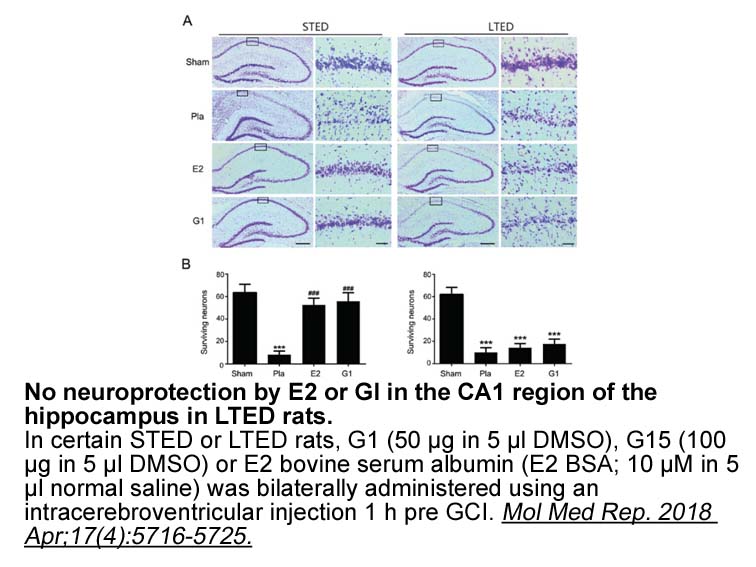
The putative physiological meaning of epinephrine-related hepatic drug transporter regulation remains to be established. It is nevertheless noteworthy that the catecholamine rather decreases expression of sinusoidal SLC transporters like NTCP, OAT2, OAT7, OCT1, OATP1B1 and OATP2B1 whereas those of c
-
Two cell surface trans membrane receptors
2023-02-13
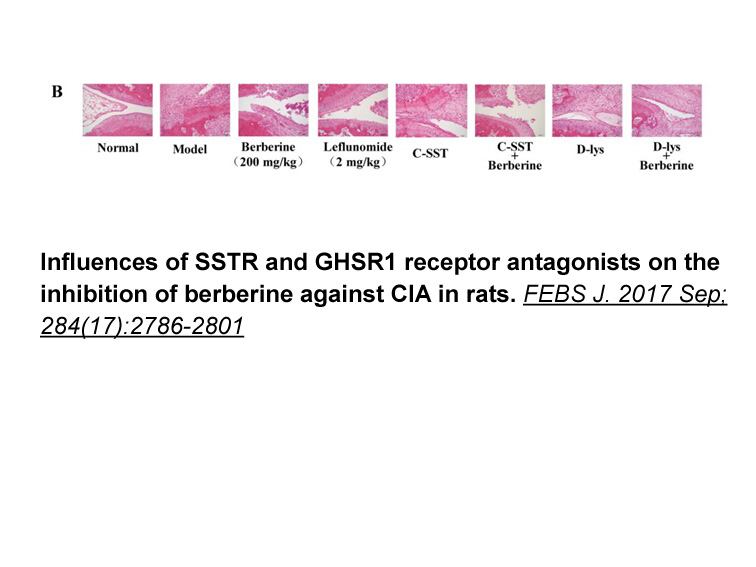
Two cell-surface trans-membrane receptors have been identified for adiponectin, AdipoR1 and AdipoR2 [21], and adiponectin action is known to signal through these receptors and the docking protein APPL1 [22]. In muscle and liver cells, signal transduction involves the phosphorylation and activation o
-
leonurine APPL was the first adaptor protein identified that
2023-02-13

APPL1 was the first adaptor protein identified that interacts directly with adiponectin receptors [18]. A two-hybrid study by Dong and colleagues revealed that the C-terminal extracellular domain of AdipoR1 interacts with adiponectin, whereas the N-terminal cytoplasmic domain of AdipoR1 interacts wi
-
JTC-801 br Conflicts of interest br Newly Identified Mechani
2023-02-13
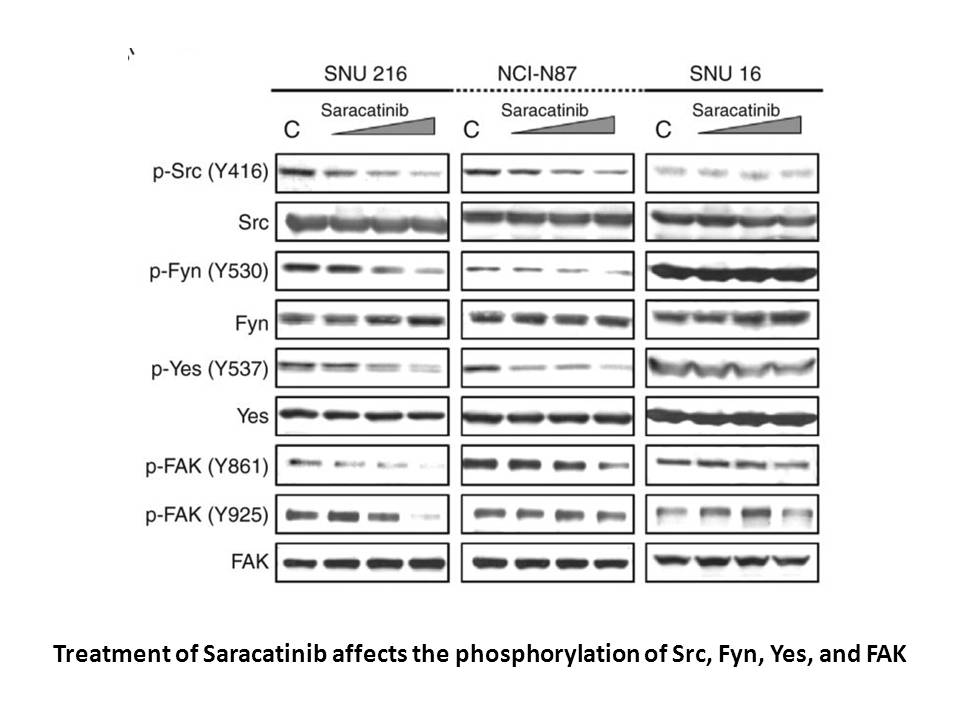
Conflicts of interest Newly Identified Mechanisms of APN Resistance Hold Therapeutic Potential APN, APN Receptors, and APN Cardiovascular Protection APN Resistance in Cardiovascular Disease The Molecular Mechanisms of APN Resistance Concluding Remarks and Future Directions Finally,
-
The extent to which GPCR
2023-02-13
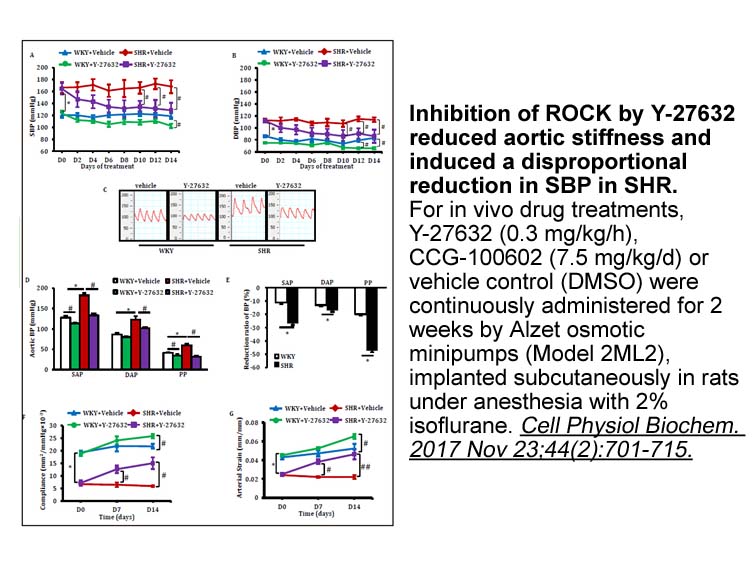
The extent to which GPCR oligomerization is a regulated process still remains unclear. Reported effects of ligands on both GPCR homo- and heteromers are highly variable and depend on GPCR subtypes and the specific ligand used. According to our data, chronic treatment of mice with both paroxetine or
-
In this scenario the receptor tyrosine kinase inhibitors TKI
2023-02-10
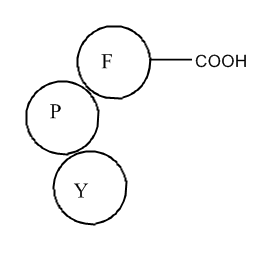
In this scenario, the receptor tyrosine kinase inhibitors (TKI), sunitinib, an anti-angiogenic agent, was tested in phase III trial, leading to a longer progressing free survival when compared to interferon (median: 11 vs. 5mo, respectively, hazard ratio (HR) = 0.42; 95% CI: 0.32–0.54; Pits Bikinin
-
br Conflicts of interest br Introduction
2023-02-10
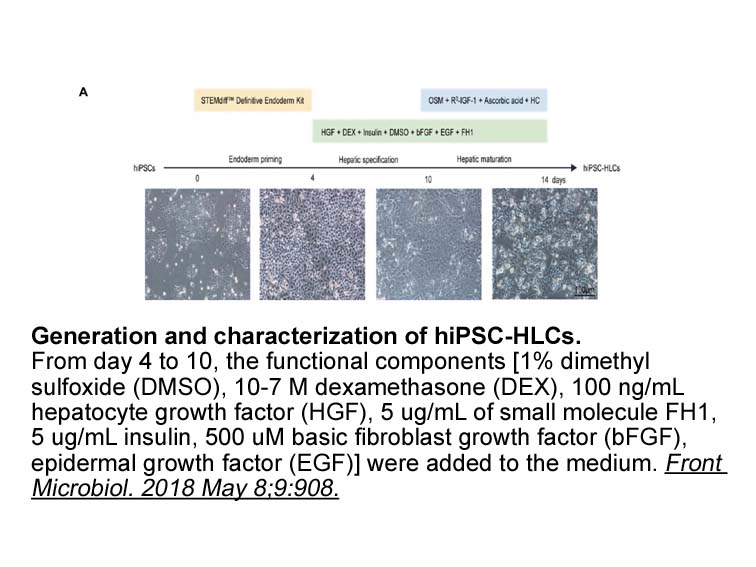
Conflicts of interest Introduction Arginase catalyzes the reaction in which l-arginine is converted to l-ornithine and urea. In humans, two arginase isoenzymes have been identified, arginase 1 and arginase 2, that differ in cellular location and tissue distribution [1]. Both arginase enzymes a
-
In addition to calpain I activity cathepsin activities
2023-02-10

In addition to calpain I activity, cathepsin activities have been proven to be linked to apoptotic signaling. Cathepsin B and cathepsin D are two of the most abundant and well-investigated lysosome acid-dependent proteases that are involved in the apoptotic regulation (Ferri & Kroemer, 2001). Cathep
-
br Implications for cancer ROS
2023-02-10

Implications for cancer ROS have a long history of being involved in the development and progression of cancer and increased ROS level is considered as a hallmark of many tumors [76], [77]. Initially, it was thought that ROS would serve as chemical mutagens that would indiscriminately damage cell
15731 records 318/1049 page Previous Next First page 上5页 316317318319320 下5页 Last page